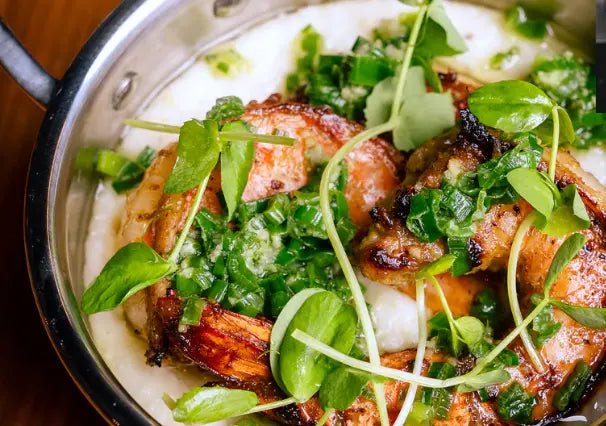Indispensable for preparing all kinds of dishes, the knife is undoubtedly the most important utensil to have in the kitchen. Cutting up meat, fish, vegetables, fruit or condiments, it's used every day. Good knives are essential for optimal cooking. To maintain a perfect edge, taking care of your knives, for example by sharpening, should be an integral part of their use. We explain why, when and how to sharpen your knives so that you can keep them useful for as long as possible.

Why sharpen your knives?
Did you know that knives lose their effectiveness after the first few uses? Each time they are handled, they gradually lose their sharpness and their ability to pass through food without sawing. That's why it's essential to sharpen them as soon as you notice they are less effective. This also ensures that they last longer.
However, the benefits of sharpening your knives are not just about longevity. Sharpening also polishes the blade to restore its finesse. You will get clean and even cutting of your meat, fruit and vegetables. Not to mention that your movements will be more confident and quicker.
How often should you sharpen your knives?
How often knives need sharpening depends first and foremost on how often they are used. But that's not all. The quality and material of the blade are also two factors that affect the durability of your knives. The harder the steel, the longer the cutting edge will last. So when should you sharpen your knives?
For everyday use in the kitchen, start with once a month. There's a quick way to tell when it's time to sharpen your knife. Take a sheet of paper, hold it upright and try to cut it. If you don't succeed, it's time to sharpen your knife!
The longer you wait to sharpen your knives, the greater the risk of dulling them, i.e. they will no longer cut. You will therefore need to sharpen them more, which will greatly reduce their lifespan.

How do you sharpen your knives properly?
To find out how to sharpen your knives properly, you first need to distinguish between sharpening and honing. Although the two terms are closely related, they do not serve the same purpose. Sharpening is needed when the knife begins to cut less well. Its primary function is to rework the edge of the blade. On the other hand, when a knife no longer cuts at all, it is said to be dull, and to restore the blade's sharpness, it must be honed.
To sharpen your knives, you have a choice of different methods. All require a period of learning, but with time you'll be able to master one or the other perfectly. The first is the whetstone. With two sides, in natural or diamond material, it is perfect for sharpening the blade and obtaining an impeccable edge. It also guarantees that your knives will last longer than with other techniques.
Then there's the manual sharpener, but the edge isn't as sharp as the whetstone. The same goes for its equivalent, the electric knife sharpener, which on the other hand has the advantage of being the easiest and quickest to use. Both are made up of two blades, the first of which sharpens deeply and the second polishes the cutting edge.
Finally, if you want immediate results, opt for a honing steel. This is the quickest way to sharpen your knives. Made from steel, ceramic or diamond, it allows the blade to regain its original sharpness. This is the most effective method.

















